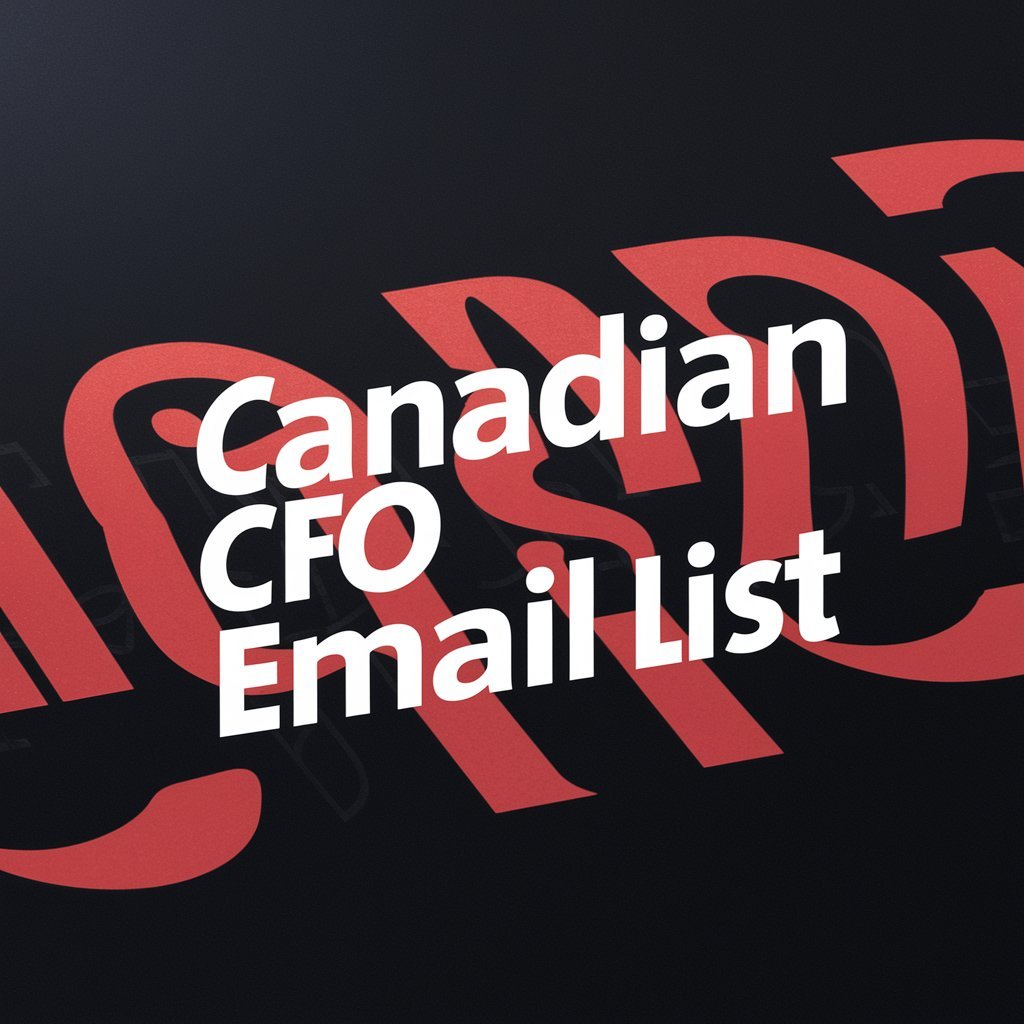USA CEO & CFO Emails List, Sales Leads Database
$189.00$1,890.00 (-90%)
Leads Name : USA CEO & CFO Email List
No Of Leads : 8.9 Million+ Leads
USA CEO & CFO Emails List, Sales Leads Database
The primary purpose of creating a USA CEO & CFO email list is to establish a direct line of communication with top-level executives in various industries. This list can be utilised for multiple purposes, including:
- Marketing Campaigns: Promoting products or services that cater to high-level business needs.
- Networking: Building professional relationships and seeking potential business partnerships.
- Market Research: Gaining insights into industry trends and executive perspectives.
- Event Invitations: Inviting CEOs and CFOs to industry events, webinars, and conferences.
- Business Development: Identifying potential clients or investors and fostering long-term business growth.
Target Audience
The target audience for the USA CEO & CFO email list includes:
- Chief Executive Officers (CEOs): Individuals who are responsible for making major corporate decisions, managing overall operations, and being the public face of the company.
- Chief Financial Officers (CFOs): Executives who oversee the financial actions of a company, including budgeting, forecasting, and financial planning and analysis.
These executives typically operate in diverse industries such as technology, finance, healthcare, manufacturing, retail, and more.
Importance of Accuracy and Legality
The accuracy and legality of the email list are crucial for several reasons:
- Reputation Management: Sending emails to incorrect or outdated addresses can harm your organisation’s reputation and lead to being marked as spam.
- Effective Communication: Accurate email addresses ensure that your messages reach the intended recipients, increasing the chances of engagement and positive responses.
- Compliance with Laws: Adhering to email marketing regulations like the CAN-SPAM Act and GDPR is essential to avoid legal repercussions and fines. Compliance also helps in maintaining the trust and confidence of your contacts.
- Operational Efficiency: Maintaining an accurate and legal email list saves time and resources that would otherwise be spent on handling bounce-backs, unsubscribes, and legal issues.
- Ethical Considerations: Respecting the privacy and consent of email recipients is not only a legal requirement but also an ethical one, fostering goodwill and trust in your business practices.
Research and Data Collection
Sources for Data Collection
Compiling a comprehensive and accurate USA CEO & CFO email list requires gathering data from reliable and diverse sources. Here are some key sources to consider:
- Business Directories
- Hoovers: A well-known business directory that provides detailed company profiles, executive contacts, and industry insights. It offers a vast database of companies and their key decision-makers, including CEOs and CFOs.
- ZoomInfo: A leading business information provider that offers access to an extensive database of professional contacts, including detailed profiles of executives such as CEOs and CFOs. ZoomInfo also provides tools for verifying and updating contact information.
- Company Websites
- Official Websites: Visiting the official websites of target companies can yield valuable contact information. Many companies list their executive team, including CEOs and CFOs, in the “About Us” or “Leadership” sections.
- Investor Relations Pages: Public companies often provide detailed information about their executive team in the investor relations section, including contact details for investor inquiries, which can sometimes include email addresses.
- Professional Networks
- LinkedIn: This is one of the most powerful tools for gathering professional contact information. LinkedIn allows you to search for and connect with executives based on their job titles, companies, and industries. LinkedIn Sales Navigator is particularly useful for advanced searches and extracting detailed contact information.
- Industry Associations and Groups: Joining industry-specific associations and groups on LinkedIn can help in identifying and connecting with CEOs and CFOs who are active in these communities.
- Industry Publications
- Business Journals and Magazines: Publications such as Forbes, Fortune, and Bloomberg Businessweek often feature articles and profiles on leading executives. These can provide not only names and titles but sometimes contact information as well.
- Industry-Specific Publications: Many industries have specialised publications that provide in-depth coverage of leading companies and their executives. These publications often include interviews and profiles that can be a rich source of contact information.
- Press Releases and News Articles: Monitoring press releases and news articles about company announcements, mergers, acquisitions, and executive appointments can provide up-to-date contact information for CEOs and CFOs.
Using these sources, you can compile a robust and accurate email list of CEOs and CFOs. It is important to cross-reference information from multiple sources to ensure its accuracy and to verify the legitimacy of the contact details obtained.
Data Organisation
Data Fields
Organising the data effectively is crucial to maintaining a high-quality CFO email list. The following fields should be included for each entry:
- Name: The full name of the executive (First Name, Last Name).
- Title: The executive’s job title (e.g., CEO, CFO).
- Company: The name of the company where the executive works.
- Email Address: The executive’s professional email address.
- Phone Number (optional): The contact phone number for the executive or their office.
- Industry: The industry in which the company operates (e.g., Technology, Healthcare, Finance).
- Company Size: The size of the company, typically measured by the number of employees or annual revenue (e.g., Small, Medium, Large).
- Location: The location of the company’s headquarters or the executive’s office (City, State).
Data Formatting
Proper formatting of the data ensures easy access, readability, and usability. Here are the recommended methods for organising the data:
Spreadsheet Organisation
Using spreadsheet software like Microsoft Excel or Google Sheets is a straightforward way to organise and manage your data. Here’s how to set up your spreadsheet:
- Column Headers: Create headers for each data field at the top of the spreadsheet. For example:
- Column A: First Name
- Column B: Last Name
- Column C: Title
- Column D: Company
- Column E: Email Address
- Column F: Phone Number
- Column G: Industry
- Column H: Company Size
- Column I: Location
- Data Entry: Enter the collected data under the appropriate headers. Ensure consistency in data entry to avoid errors.
- Sorting and Filtering: Use the sorting and filtering functions to manage and analyse the data. For instance, you can filter by industry to target specific sectors in your email campaigns.
- Validation Rules: Implement data validation rules to ensure that email addresses follow the correct format and that required fields are not left blank.





Reviews
There are no reviews yet.